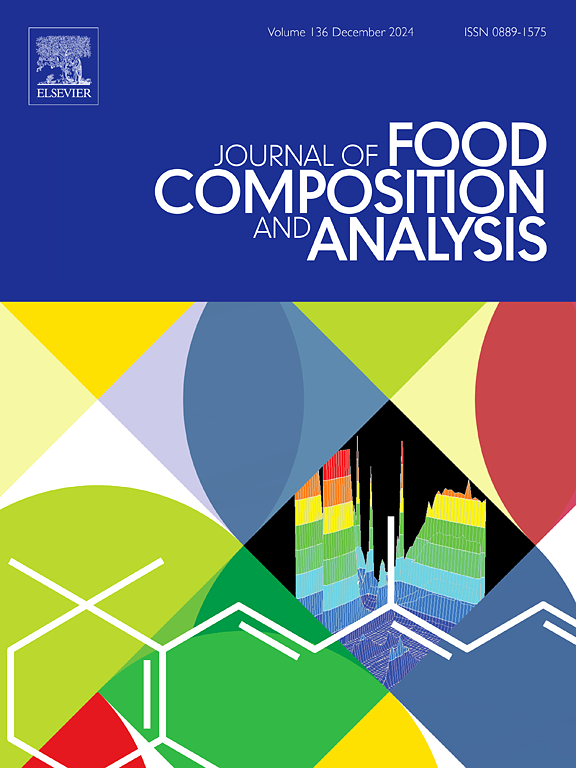Beef quality dual-label classification incorporating texture and multihead map attention mechanisms
IF 4
2区 农林科学
Q2 CHEMISTRY, APPLIED
引用次数: 0
Abstract
With the increasing consumer demand for high-quality and safe beef, there is an urgent need for advanced scientific testing methods to ensure product quality. This study introduces a rapid and accurate dual-label classification system for beef cuts and marbling grades, combining a multi-head attention mechanism and contrast features extracted from the Gray-Level Co-occurrence Matrix (GLCM), significantly improving classification accuracy. A comparison of different ResNet models revealed that ResNet50 achieved the highest classification accuracies, 85.65 % and 85.03 %, respectively. Building on the ResNet50 model, GLCM was used to extract contrast features in four directions from beef images, followed by feature fusion. Compared to SE and non-corresponding multi-head Graph Attention Networks (GAT), a multi-head GAT focusing on GLCM texture features in each direction was selected, with these features fused one-to-one with the fully connected layer features of RGB images and incorporating a feature fusion mechanism. Our model achieved 93.5 % accuracy in cut classification and 92.25 % in grade classification. Additionally, an app based on the optimal model was developed, enabling users to perform real-time testing and obtain results. The goal of this study was to develop the fastest and most accurate dual-label classification system, significantly improving the speed and reliability of obtaining product information during marbling selection.
结合纹理和多头图关注机制的牛肉质量双标签分类法
本文章由计算机程序翻译,如有差异,请以英文原文为准。
求助全文
约1分钟内获得全文
求助全文
来源期刊

Journal of Food Composition and Analysis
工程技术-食品科技
CiteScore
6.20
自引率
11.60%
发文量
601
审稿时长
53 days
期刊介绍:
The Journal of Food Composition and Analysis publishes manuscripts on scientific aspects of data on the chemical composition of human foods, with particular emphasis on actual data on composition of foods; analytical methods; studies on the manipulation, storage, distribution and use of food composition data; and studies on the statistics, use and distribution of such data and data systems. The Journal''s basis is nutrient composition, with increasing emphasis on bioactive non-nutrient and anti-nutrient components. Papers must provide sufficient description of the food samples, analytical methods, quality control procedures and statistical treatments of the data to permit the end users of the food composition data to evaluate the appropriateness of such data in their projects.
The Journal does not publish papers on: microbiological compounds; sensory quality; aromatics/volatiles in food and wine; essential oils; organoleptic characteristics of food; physical properties; or clinical papers and pharmacology-related papers.
 求助内容:
求助内容: 应助结果提醒方式:
应助结果提醒方式:


